Mostly Mute Monday: The Galactic Plane
The largest, diffuse sight in the sky is full of wonder. (And stars, and more!)
“The Milky Way is nothing else but a mass of innumerable stars planted together in clusters.” –Galileo Galilei
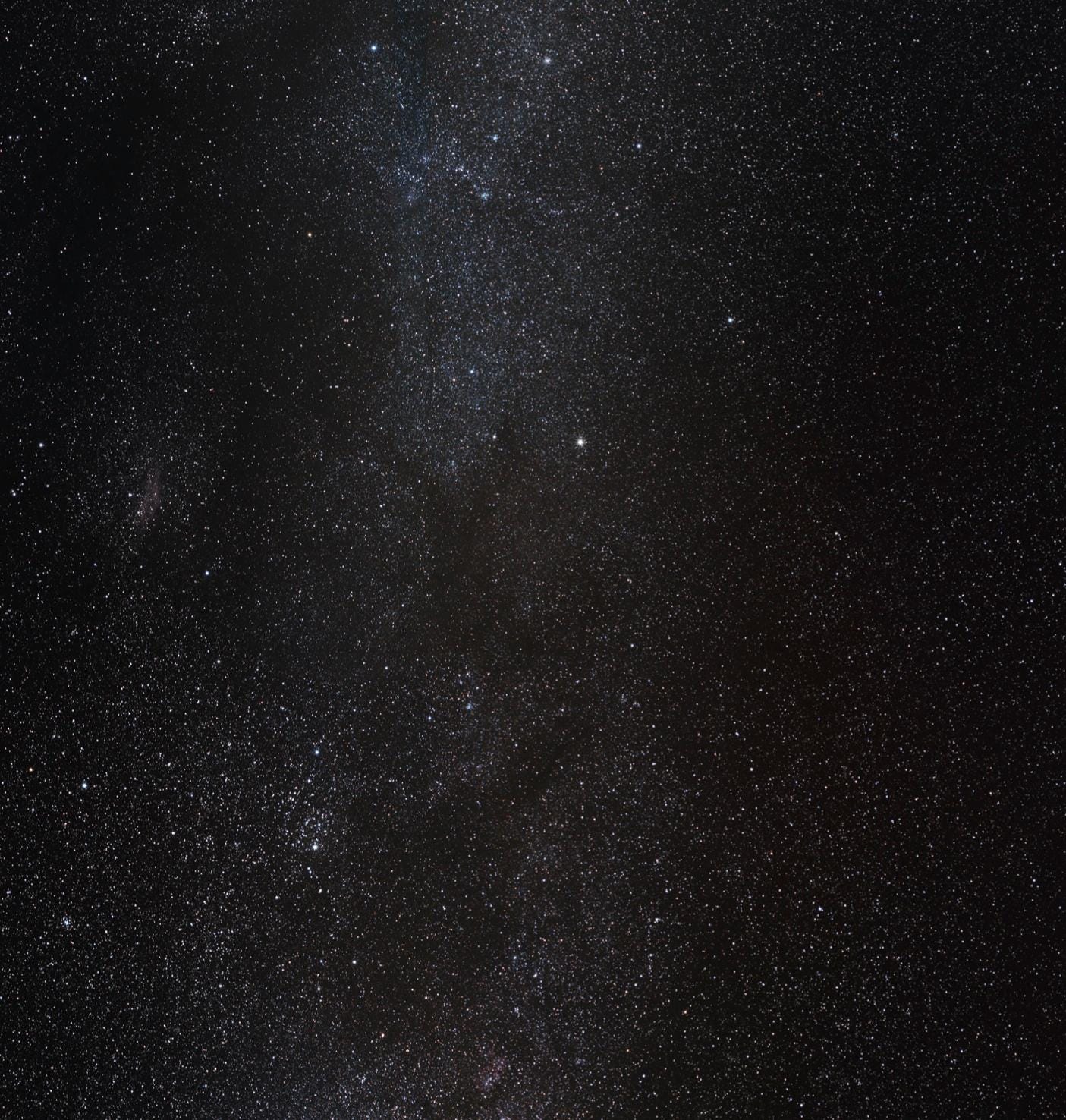
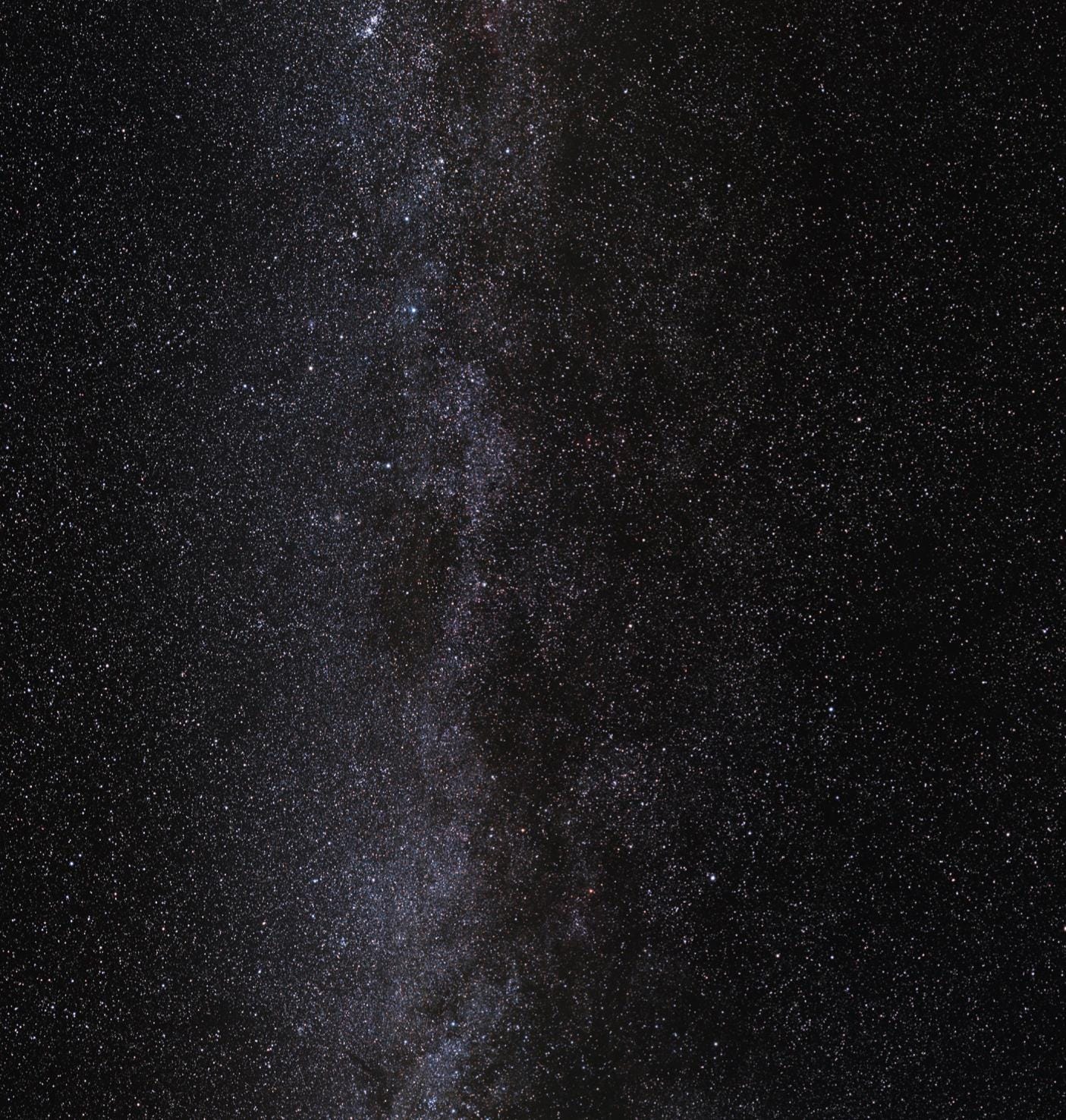
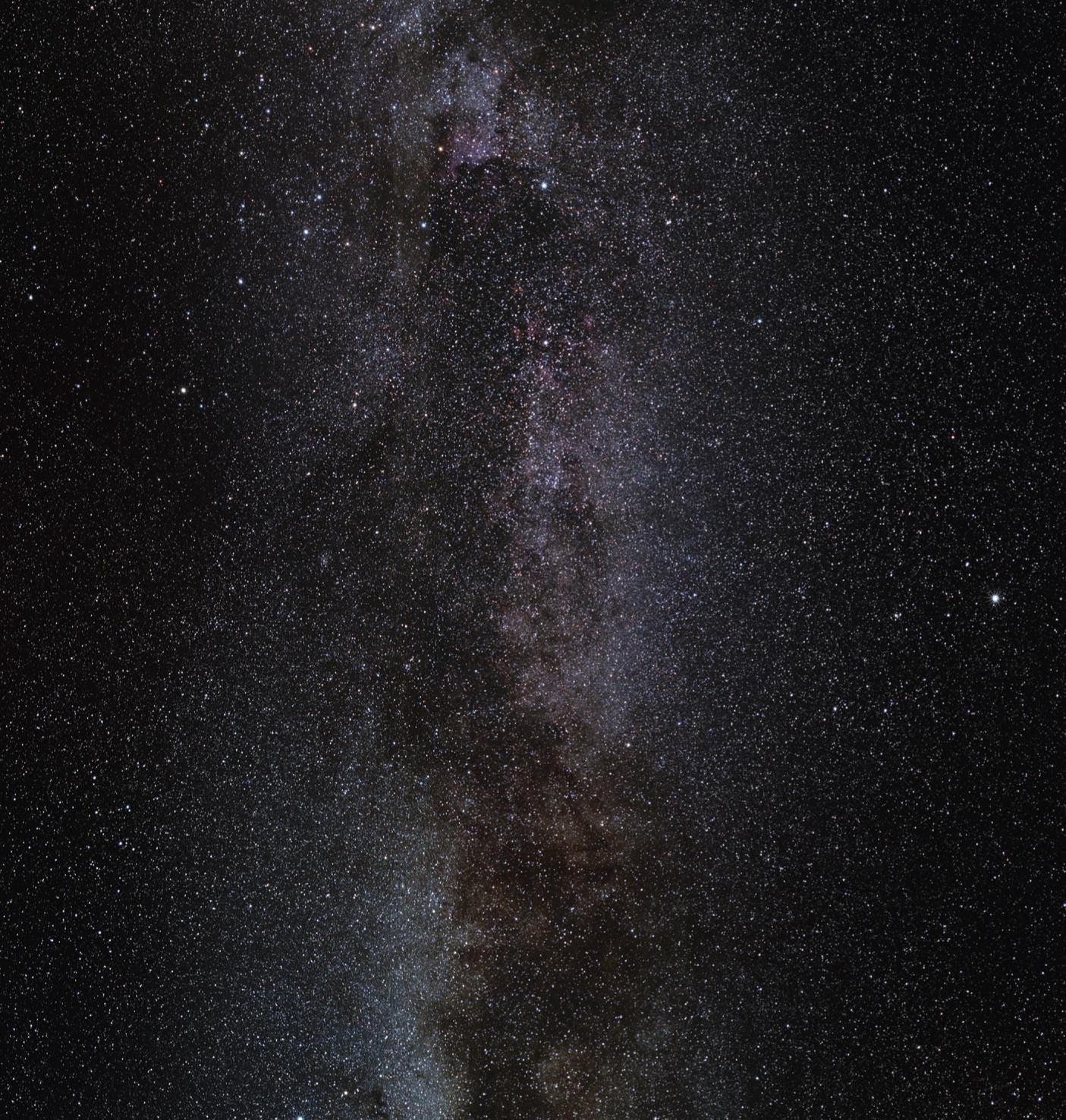
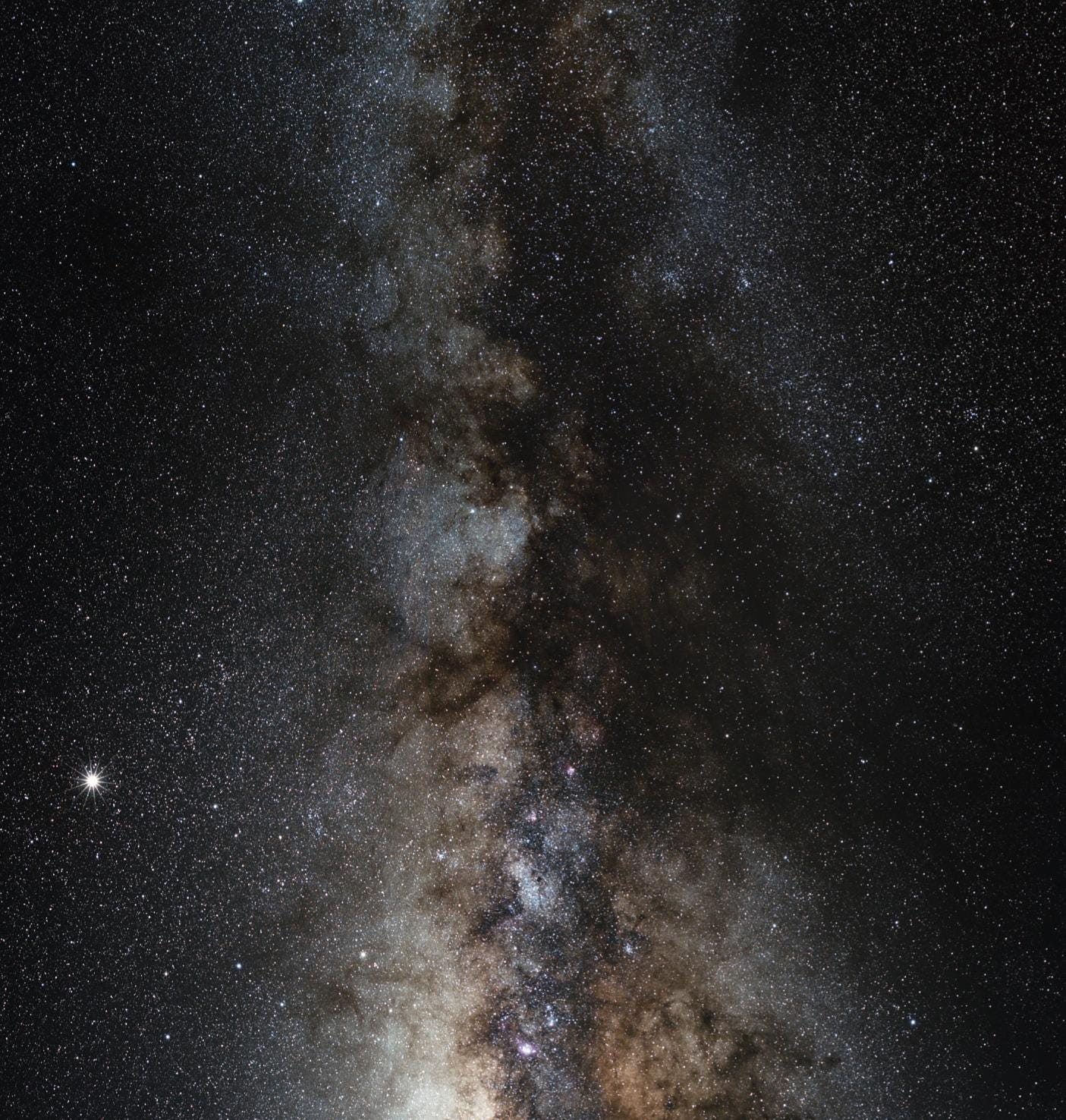
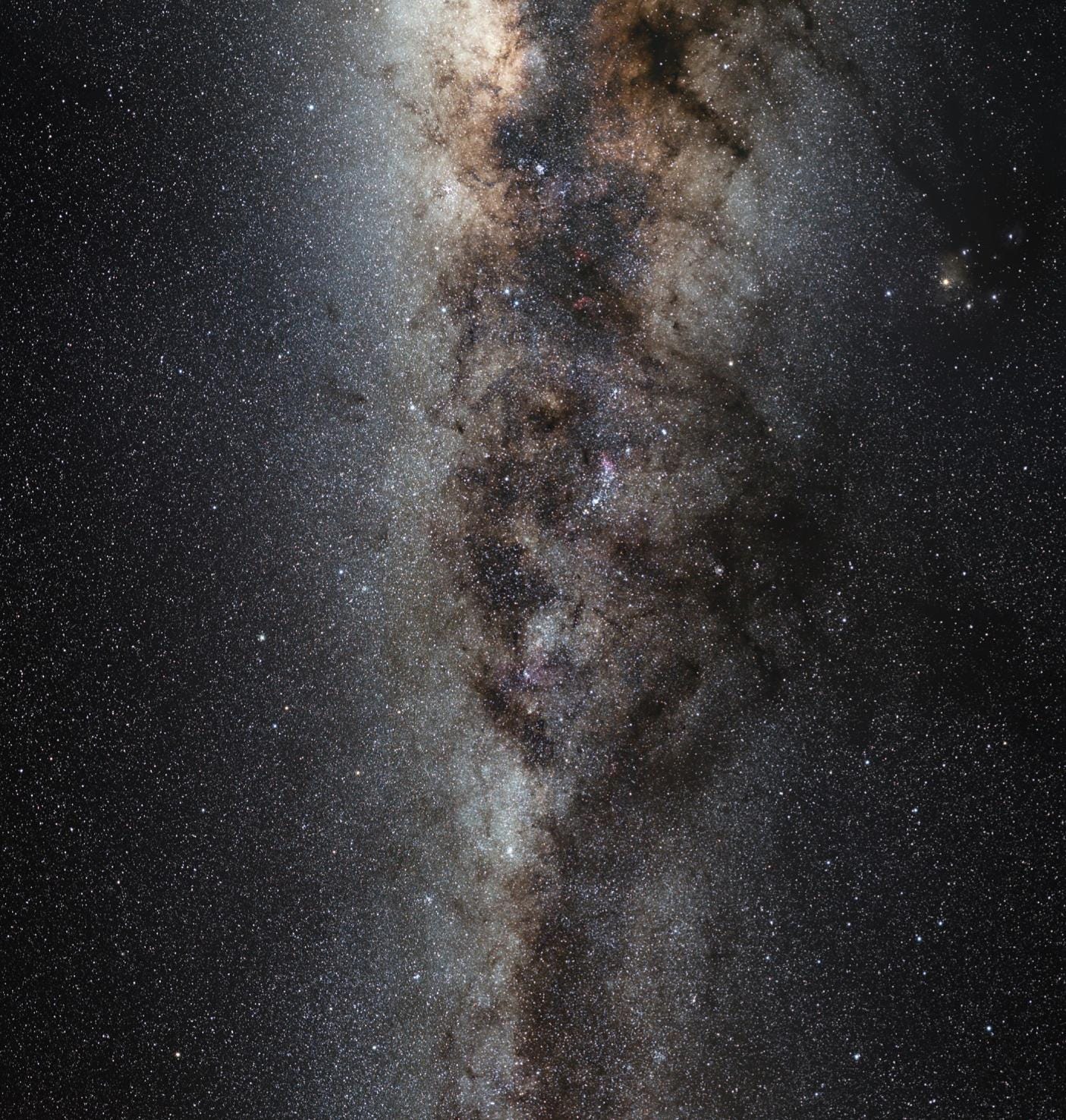
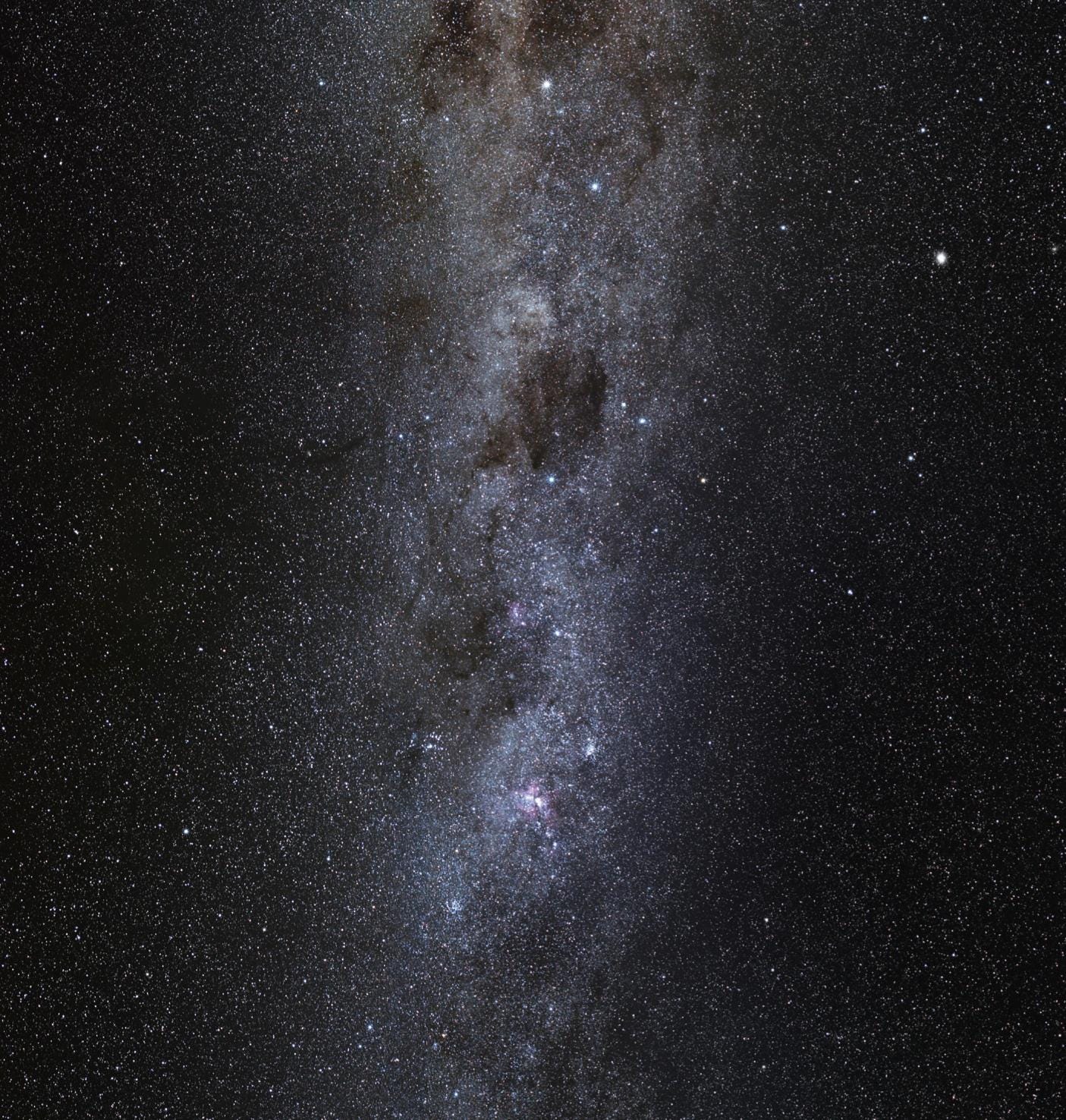
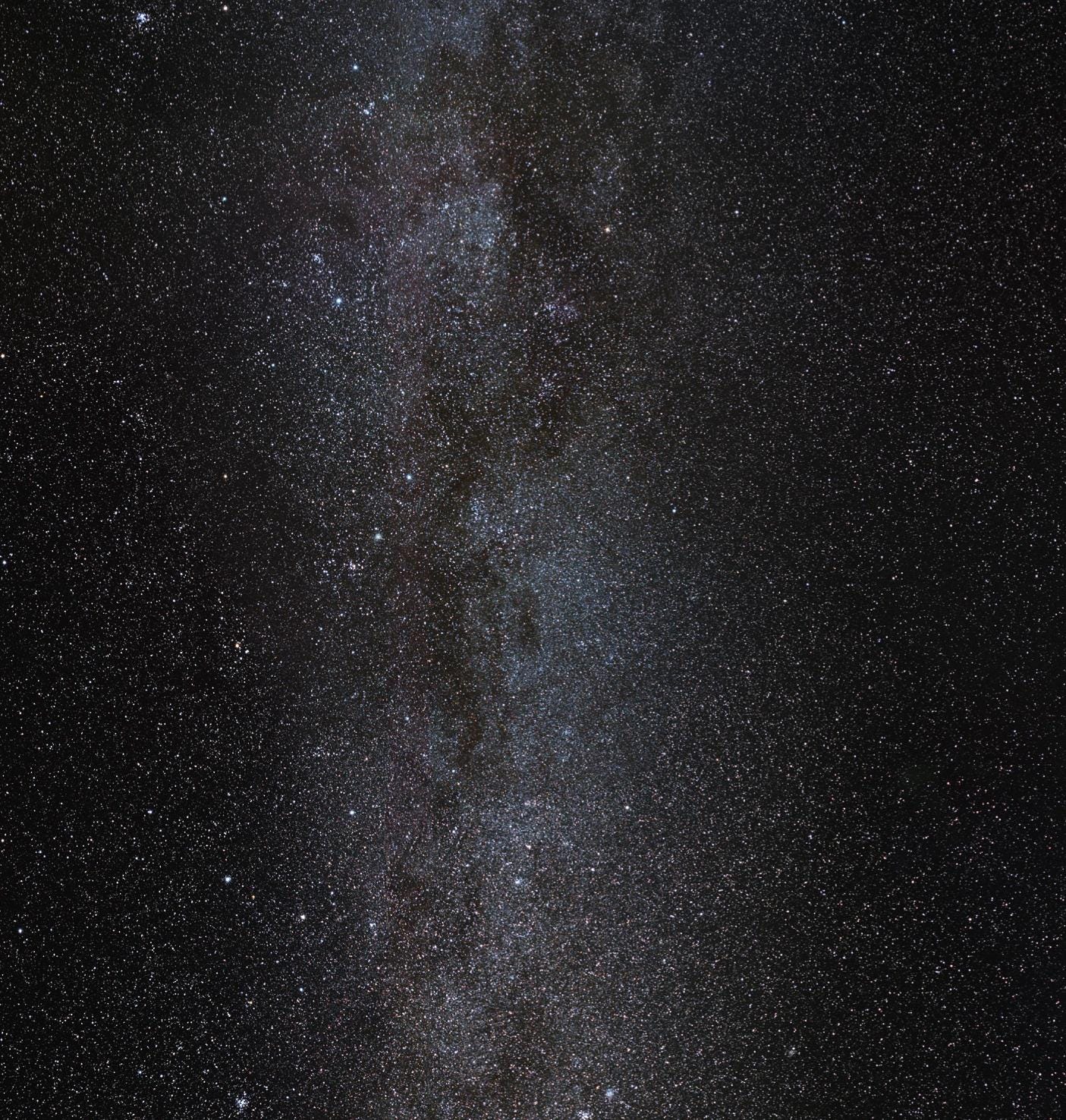
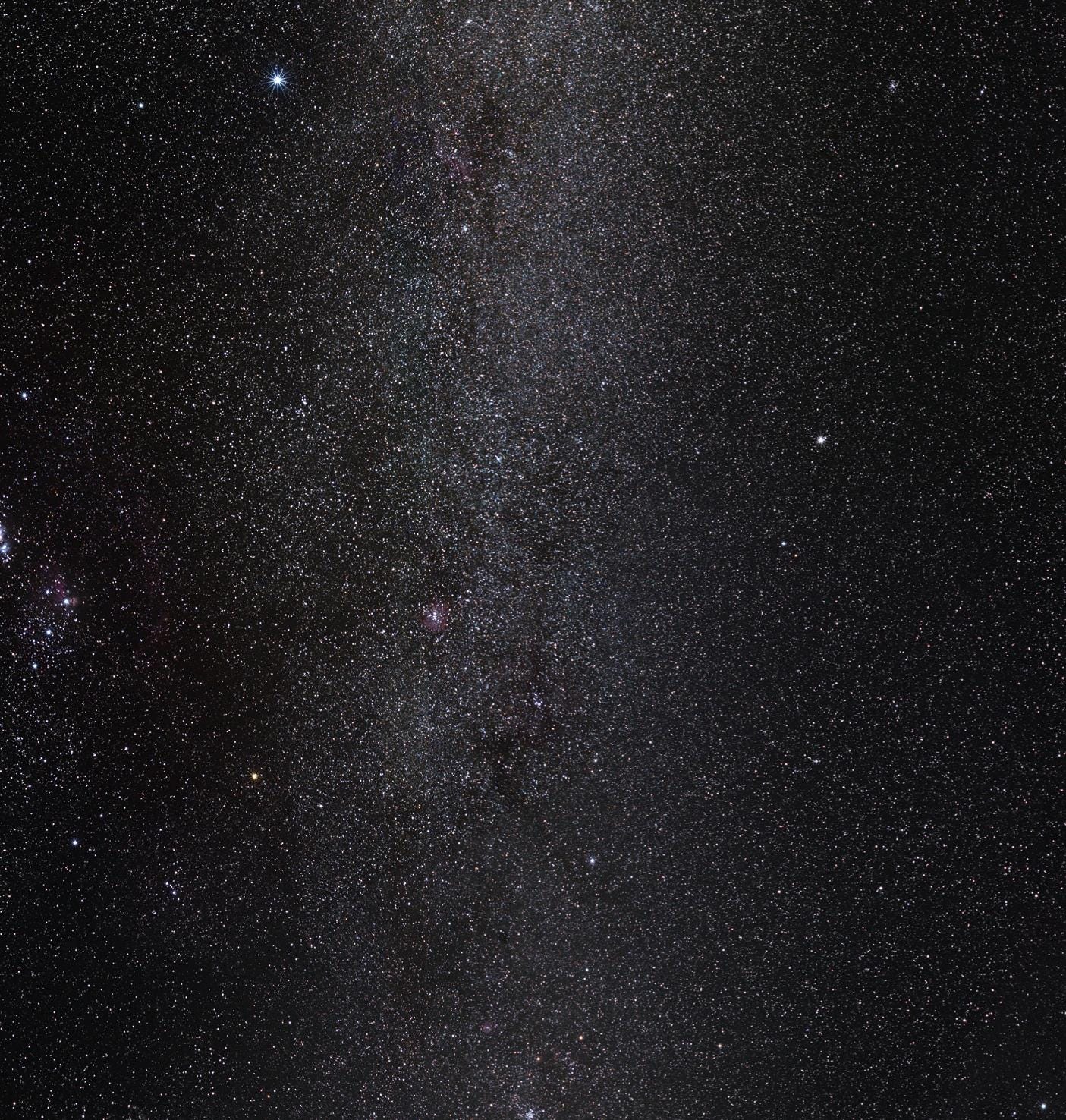
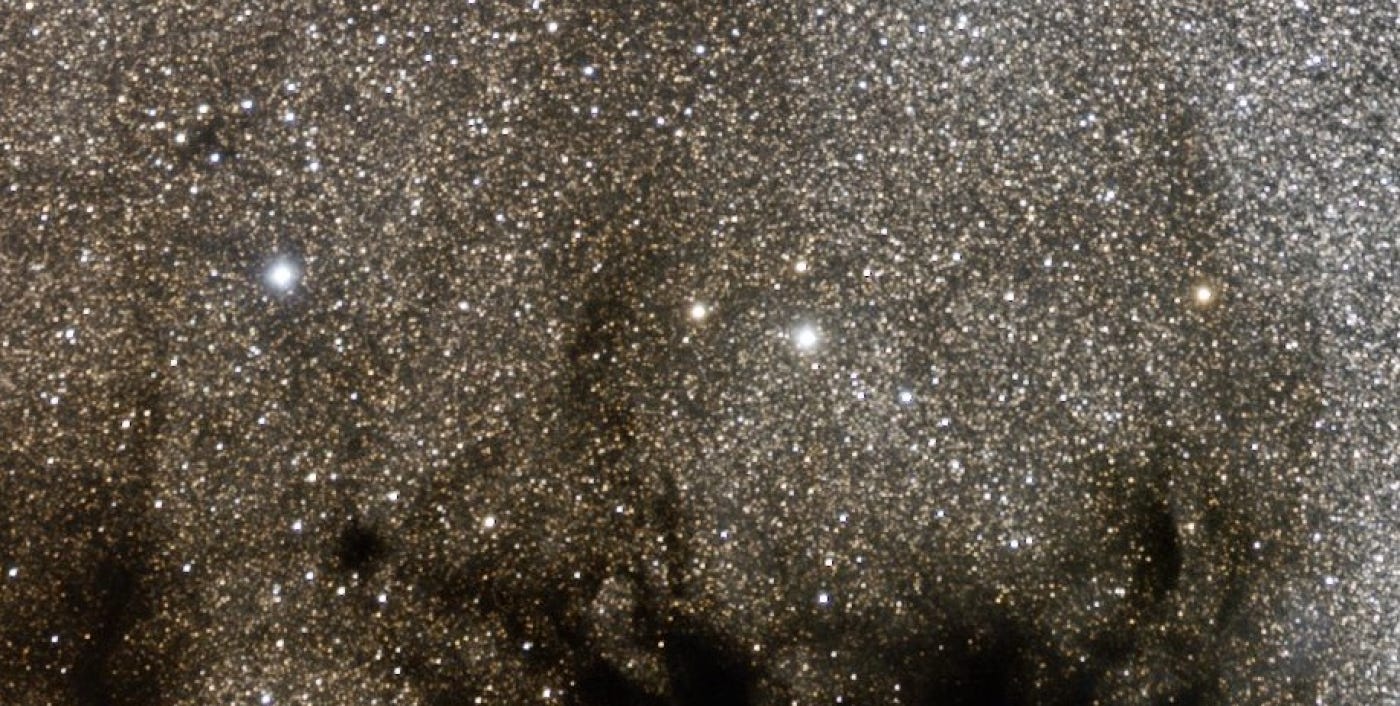
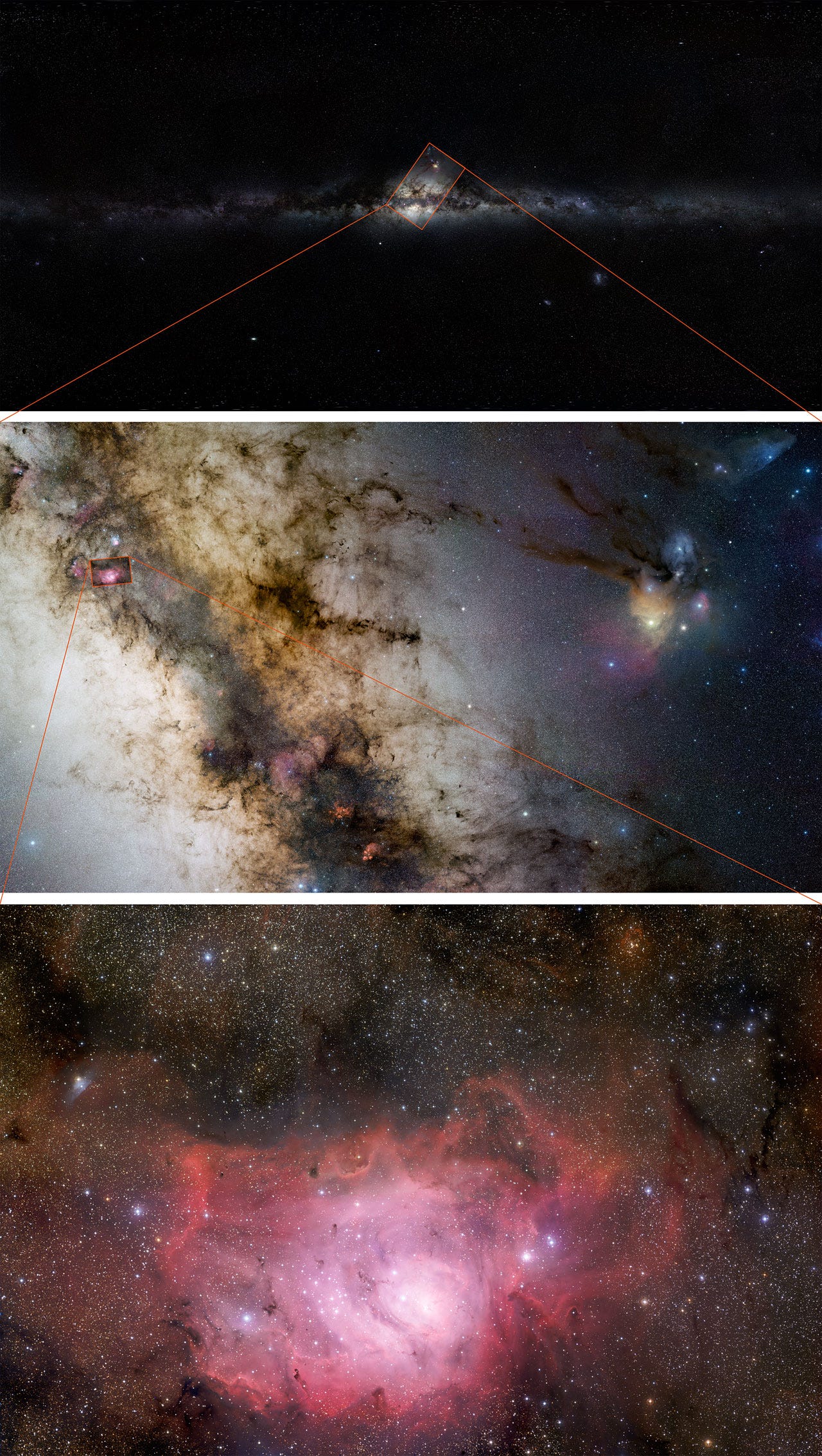
Once thought to be its own, unique class of object, the Milky Way is today known to be simply a collection of hundreds of billions of stars, viewed from our vantage point within the galactic plane. Visible from Earth through even a modest telescope are dozens of star clusters, intense, dark patches of cold dust, and many star-forming nebulae. Although these features are all commonplace in spiral galaxies, our position within the Milky Way makes it difficult to view these features for ourselves.
Nevertheless, despite the limitations of visible light, projects such as ESO’s Gigagalaxy Zoom deliver us a remarkable view of all of these features simultaneously.
Mostly Mute Monday highlights a single astronomical object in visuals only — pictures and (sometimes) video — punctuated by at most a 200 word description. Today’s object, the Milky Way (our galactic plane), comes courtesy to us of a single objectational project: ESO’s Gigagalaxyzoom.
Leave your comments at the Starts With A Bang forum on Scienceblogs!





